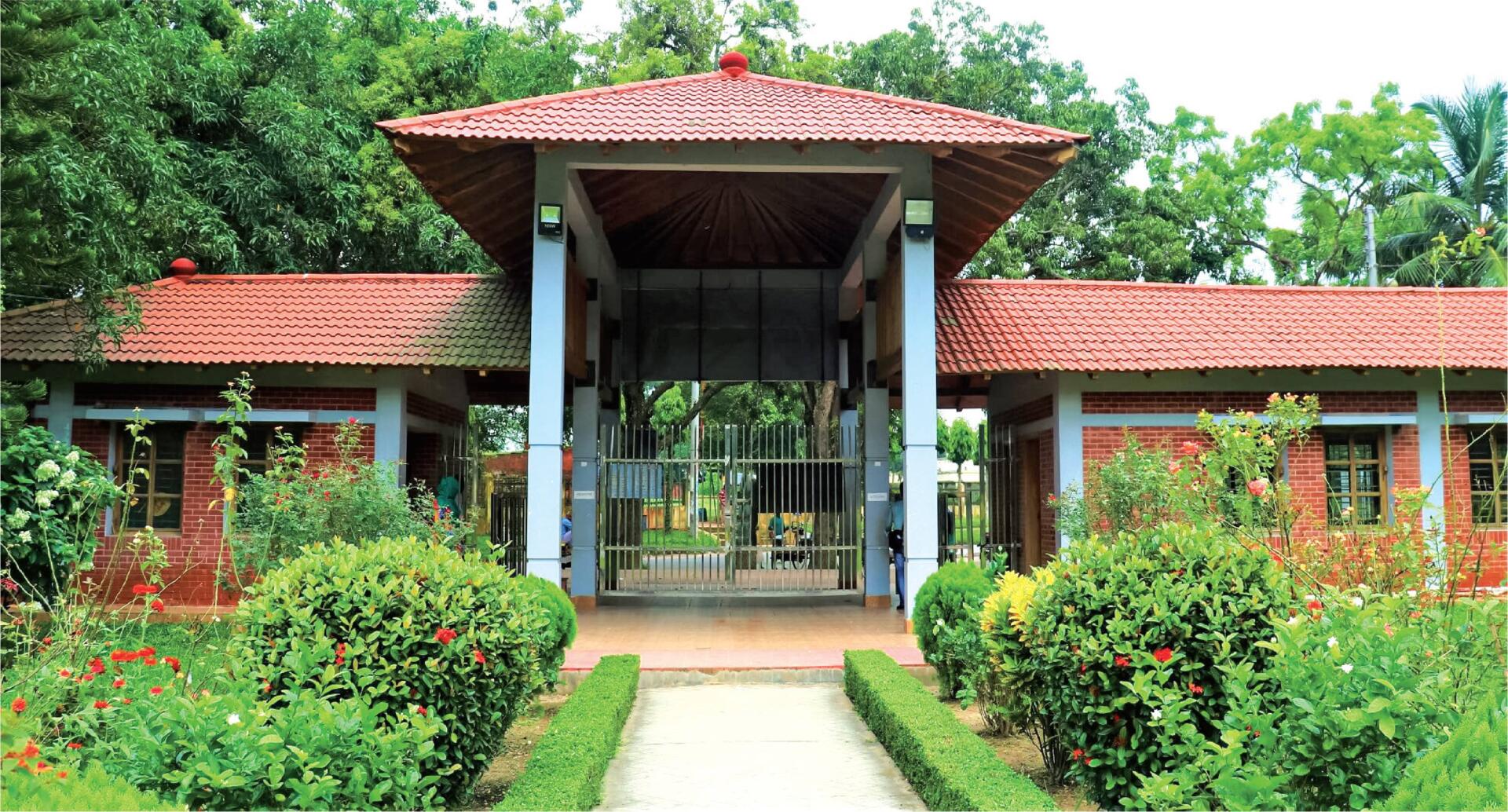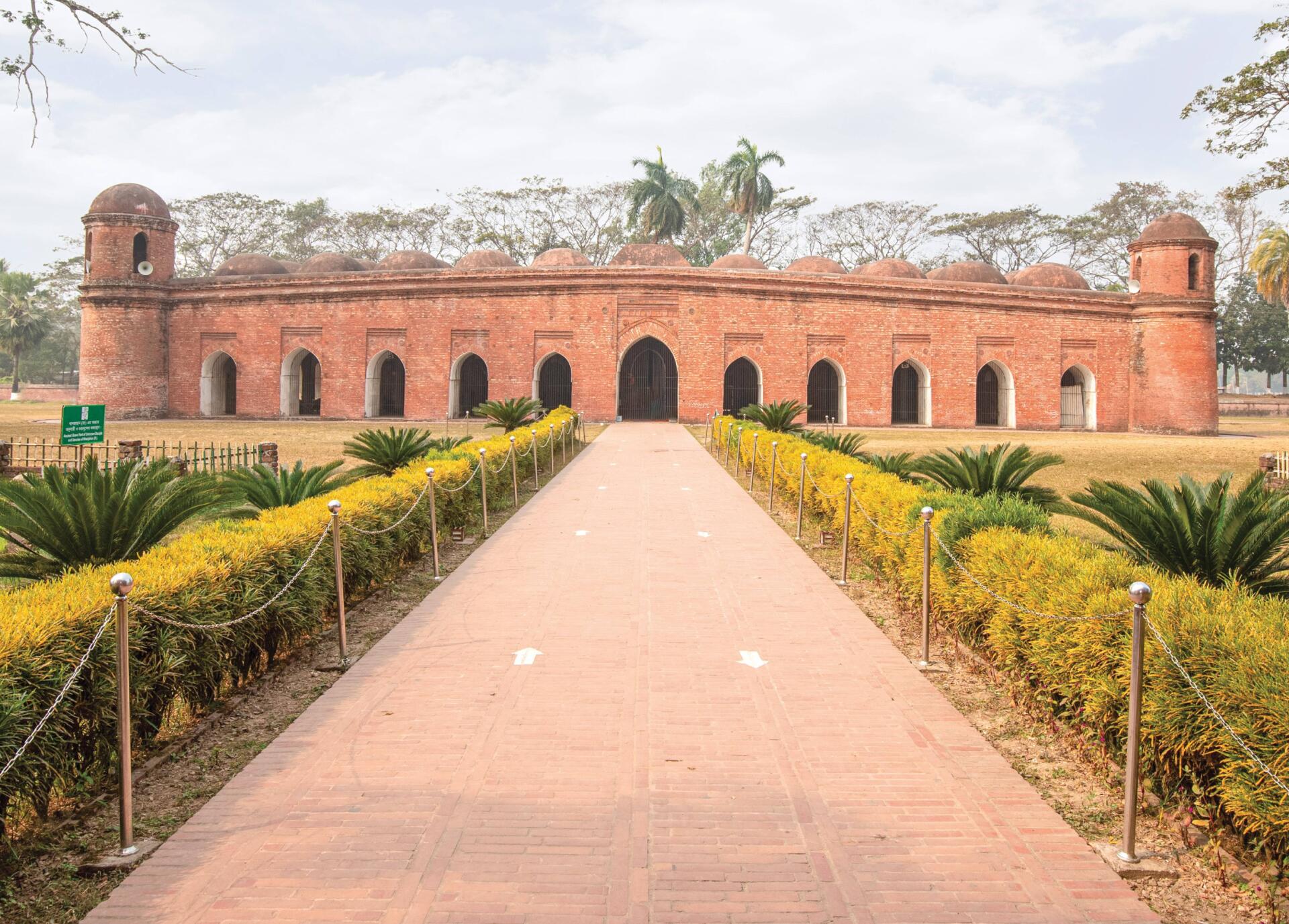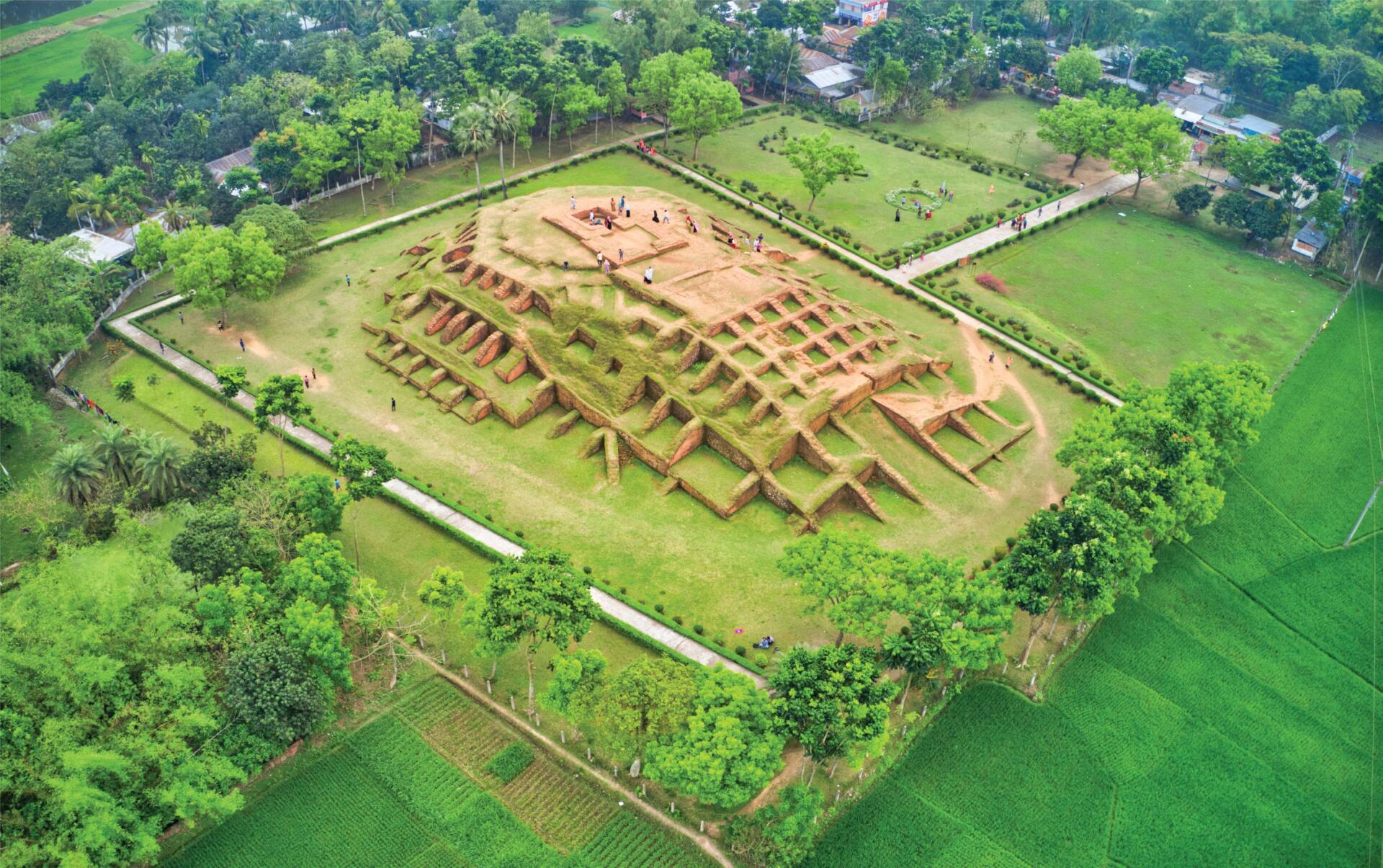
At times when we get tired of the city’s dust, chaotic traffic, and hectic jobs; we might want to step outside its orbit and get some fresh air with a touch of greeneries and nature or want to get closer to history and tradition. Bangladesh, despite being densely populated country with compact horizon, still stands proud on the global map with its rich heritage and significant tourist attractions.

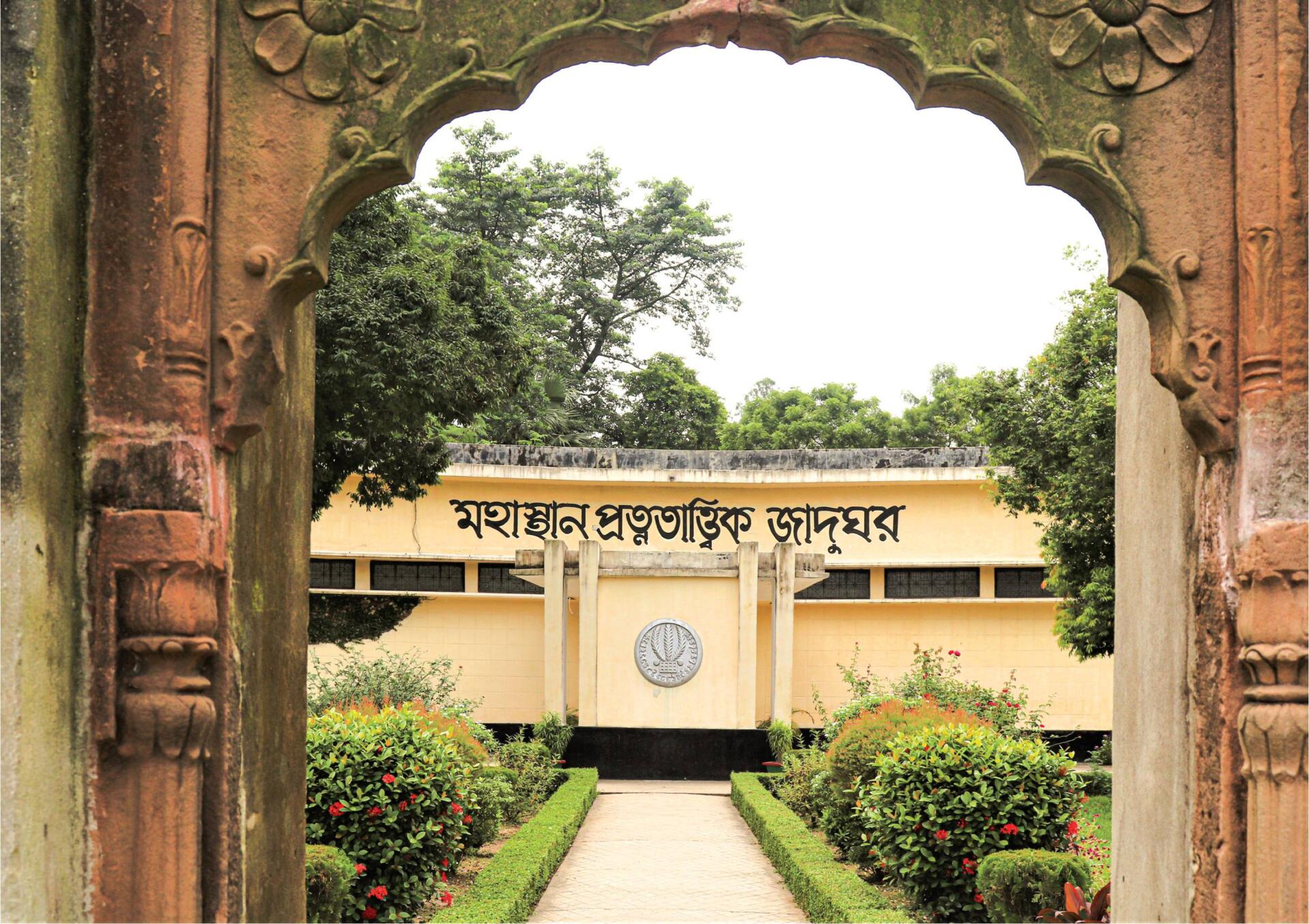
Mahasthangarh, the earliest urban archaeological sites and the oldest-known city, is one such must-visit tourist spot for both the historians and the travelholic people. Before the birth of Jesus Christ, i.e. about 2500 years BC, the civilized town was established here. Archaeological evidence has been found. It is located in Shibganj upazila of Bogura district, lying on the western bank of Korotoa river, about 13 kilometres north of Bogura city on the Dhaka-Dinajpur highway. Once Mahasthangarh was the capital of Bengal. It was declared the Cultural Capital of SAARC in 2016.
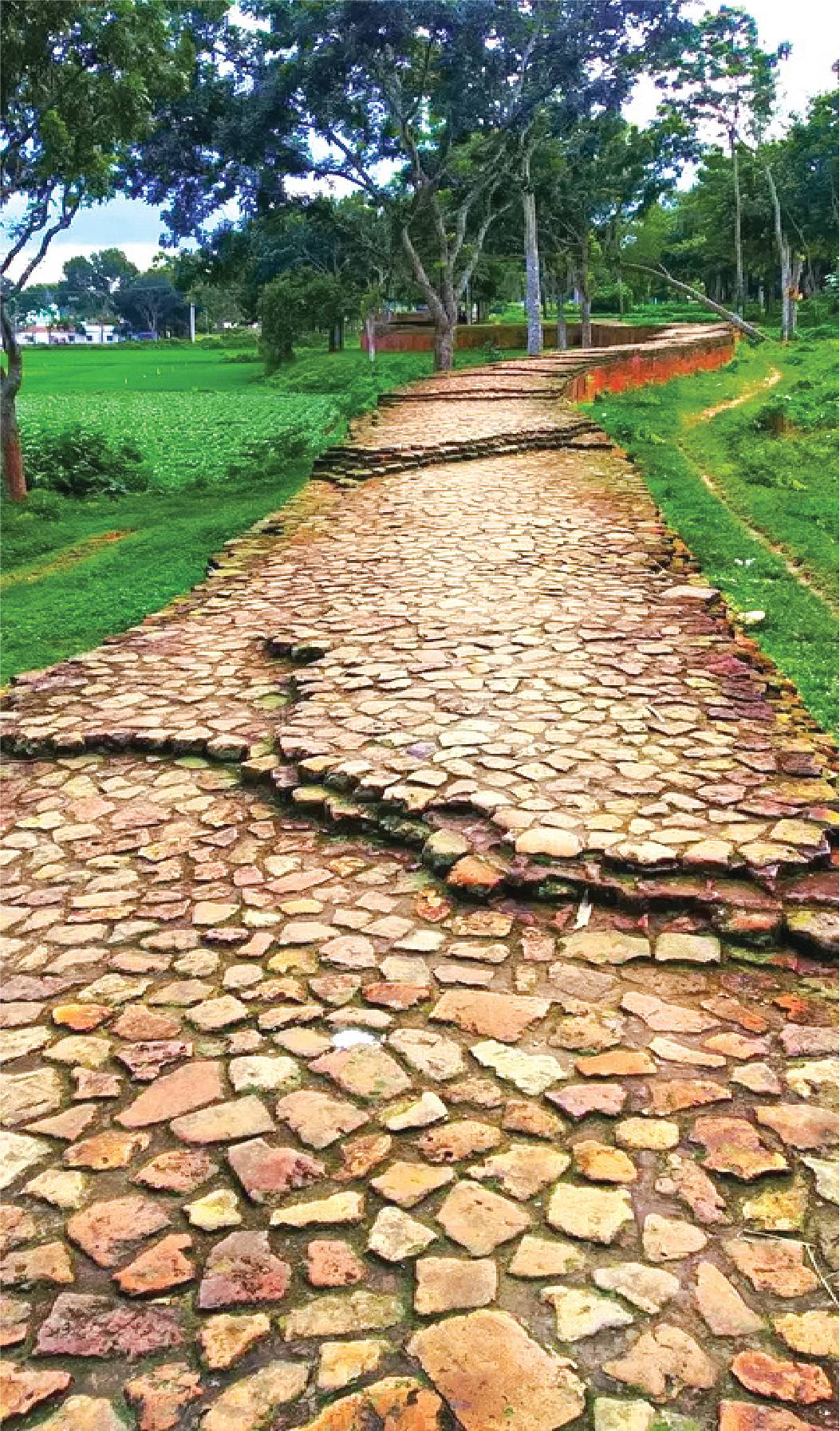
An interesting fact about Mahasthangarh is that it is also a flood-free physiographic unit because of the elevation of 15-25 meters above the surrounding lowlands, which makes it an even exquisite historical tourist spot. It is believed to be the main reason for urban development here as it is one of the highest regions in Bangladesh. The land here is 36 meters (118 ft) above the sea level, while Dhaka, the capital of Bangladesh, is only 6 meters (20 ft) above sea level. Another reason for choosing this place is the location and shape of Korotoa river. The river in the 13th century was three times wider than the present Ganga. Mahasthangarh is located in the red soil of Varendra region which is slightly higher than the alluvial region. Areas above 15-20 meters are considered flood-free geological zones.
Mahasthangarh the most significant Buddhist archaeological site, was a thriving administrative, religious, and cultural centre from the Mutual Empire era to the Sen Dynasty era. Initially, the location was known as Paundravardhanapura or Pundranagara, both of which are references to the Pundra Kingdom from Indian epic literature, which was claimed to rule over a region of India, now known as Bihar. A broken limestone slab from the 3rd century BC that bears six lines in ‘Brahmi’ script has been found there with the name ‘Pundranagar’ inscribed on it. The walled city has archaeological monuments from different periods. For several centuries this place was the provincial capital of Maurya, Gupta, Paal, Sen rulers and later the capital of Hindu feudal kings.
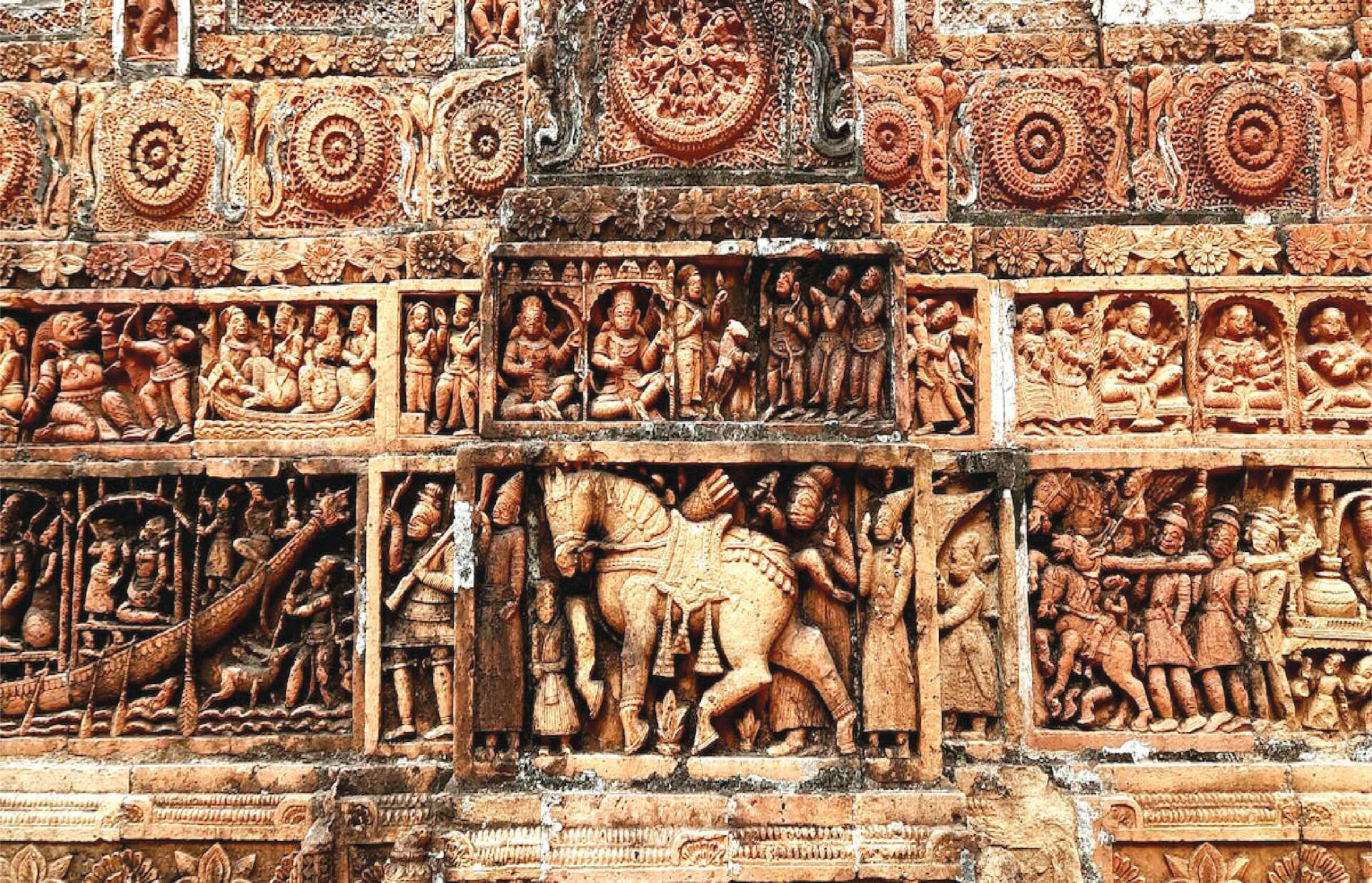
Numerous Hindu kings and kings of other religions ruled from the third century BC to the fifteenth century AD. Hazrat Shah Sultan Mahmud Balkhi (RA) and his disciples came to spread Islam in this area. There is an amazing legend about the preacher Shah Sultan Balkhi. It is said that he crossed the Korotoa river on the back of a huge fish-shaped boat while entering Mahasthangarh i.e.ancient Pundranagar.
The famous Chinese traveler Hiuen Tsang visited Pundranagar between 639 and 645 AD. In his travelogue he describes the nature and lifestyle of the time. Being famous for Buddhist education, monks from China and Tibet used to come to Mahasthangarh to study.
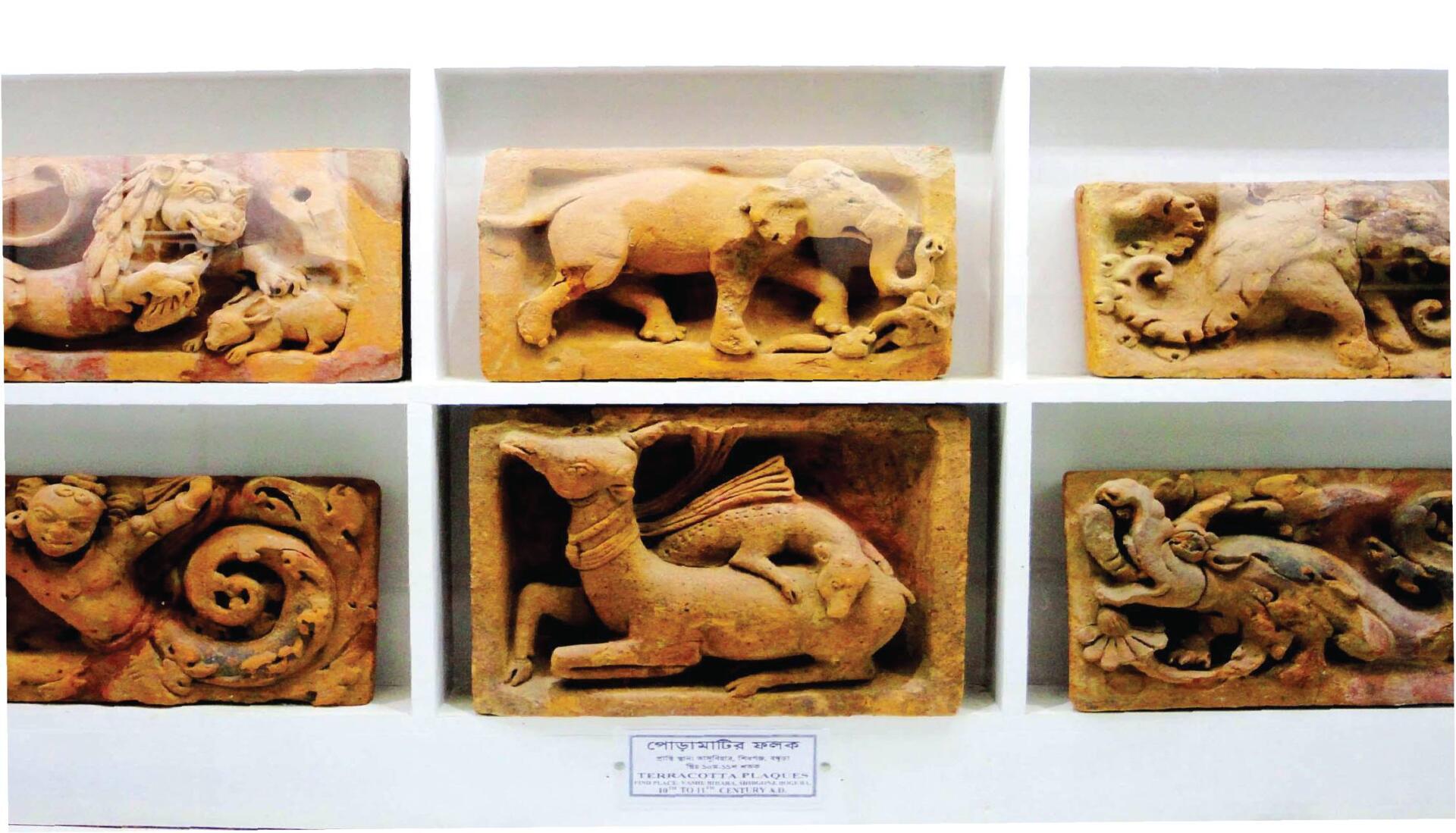
Then they went out to different countries in South and East Asia. There they spread the teachings of Buddhism. The topography of the place offers a fascinating cubicle-like view. The entire area is surrounded by a fortification wall. The rampart of the city, built with burnt bricks, belongs to six building periods, among which the earliest belonged to the Maurya period. Various mounds and monasteries (bihar) are scattered throughout the vast area outside the fortification wall including Bairagir Bhita, Govinda Bhita, Khodar Pathar (stone of Allah) mound, Mankalir Kunda mound, Jiyut Kunda (Well of Life), Godaibari Dhap, Noropotir Dhap, Gokul Medh (Lokhindorer Bashor Ghar), and Bhasu Bihar.
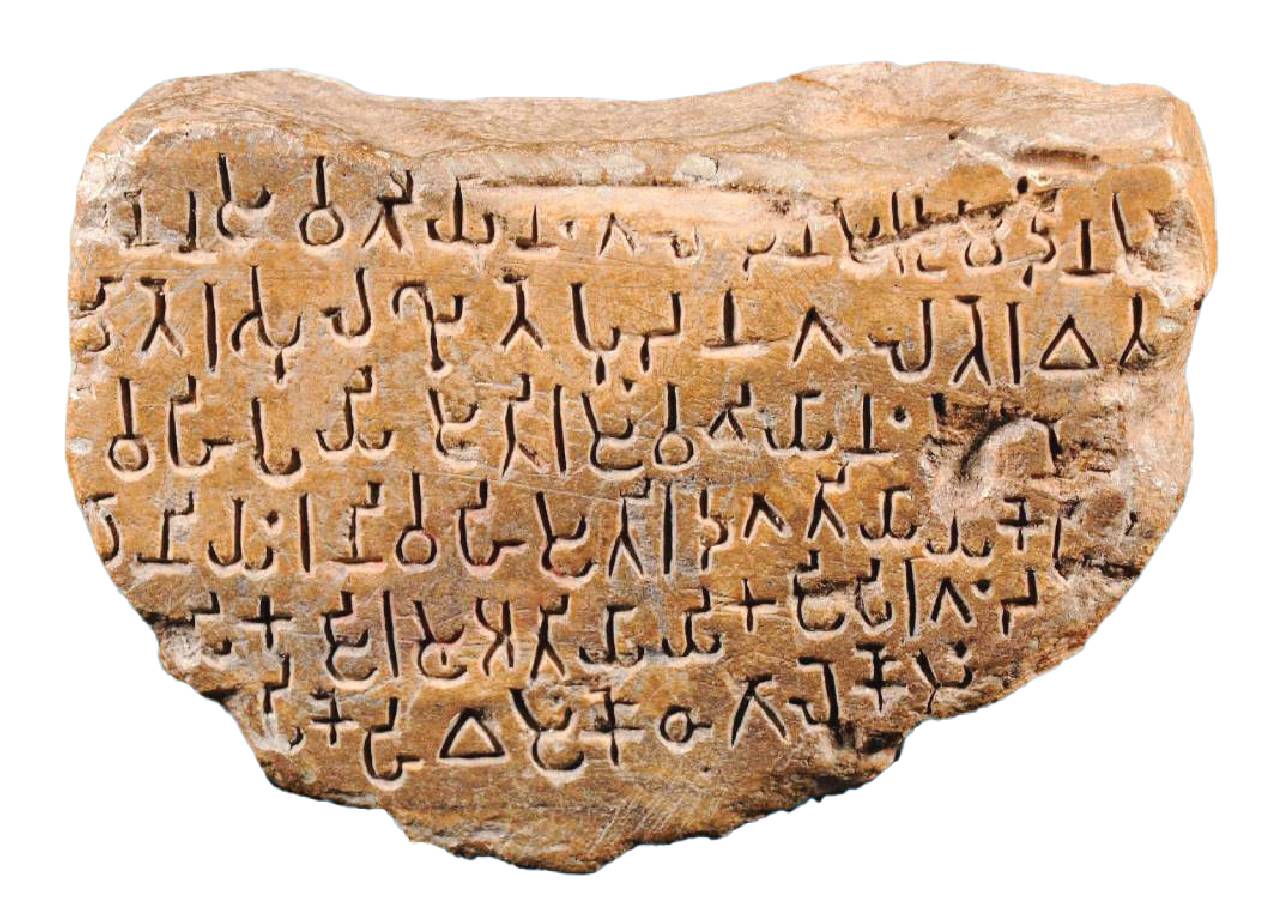
One of the highlights of Mahasthangarh is Govinda Bhita, where remnants of two Buddhist temples can be visited.

Opposite Govinda Bhita, near the north side of the citadel, one can find the Mahasthan Archaeological Museum. The museum, though small, has a well-maintained collection of pieces recovered from the site including the statues of Hindu and Buddhist gods and goddesses, terracotta plaques, fragments of ceramics, well-preserved bronze images found in nearby monastery ruins that date back to the pre-Paal period. Gokul Medh Buddhist monastery, located about two kilometers south-west of Mahasthangarh, belongs to the most impressive archaeological sites in this area.
Behula Lakhindorer Basor Ghor Behula is the protagonist in the Manasa Mangal genre of Bengali medieval epics. A number of works belonging to this genre were written between the thirteenth and eighteenth centuries. Though the religious purpose of these works is to eulogise the Hindu goddess Manasa, these works are more well known for depicting the love story of Behula and her husband Lakhindar.
